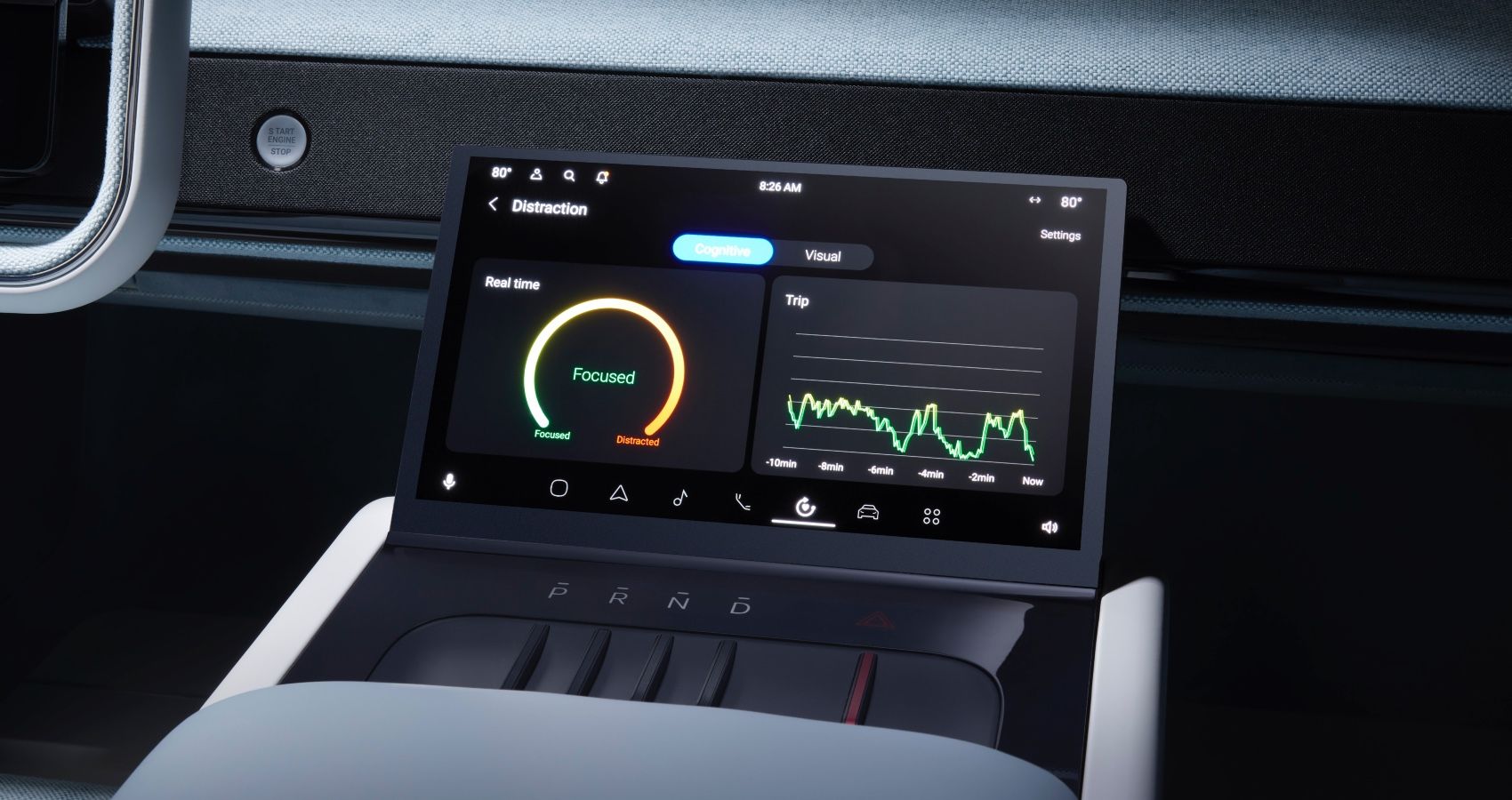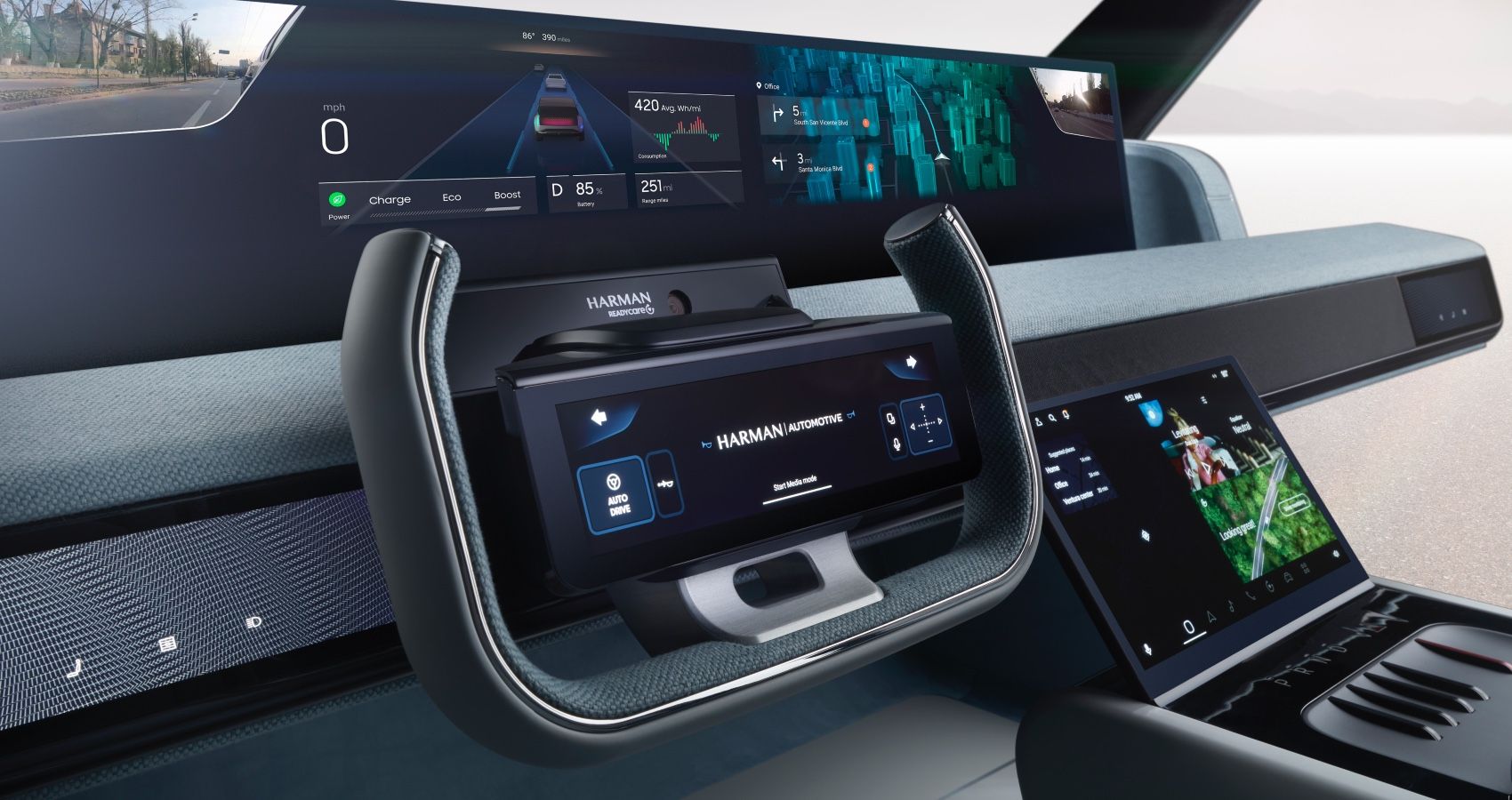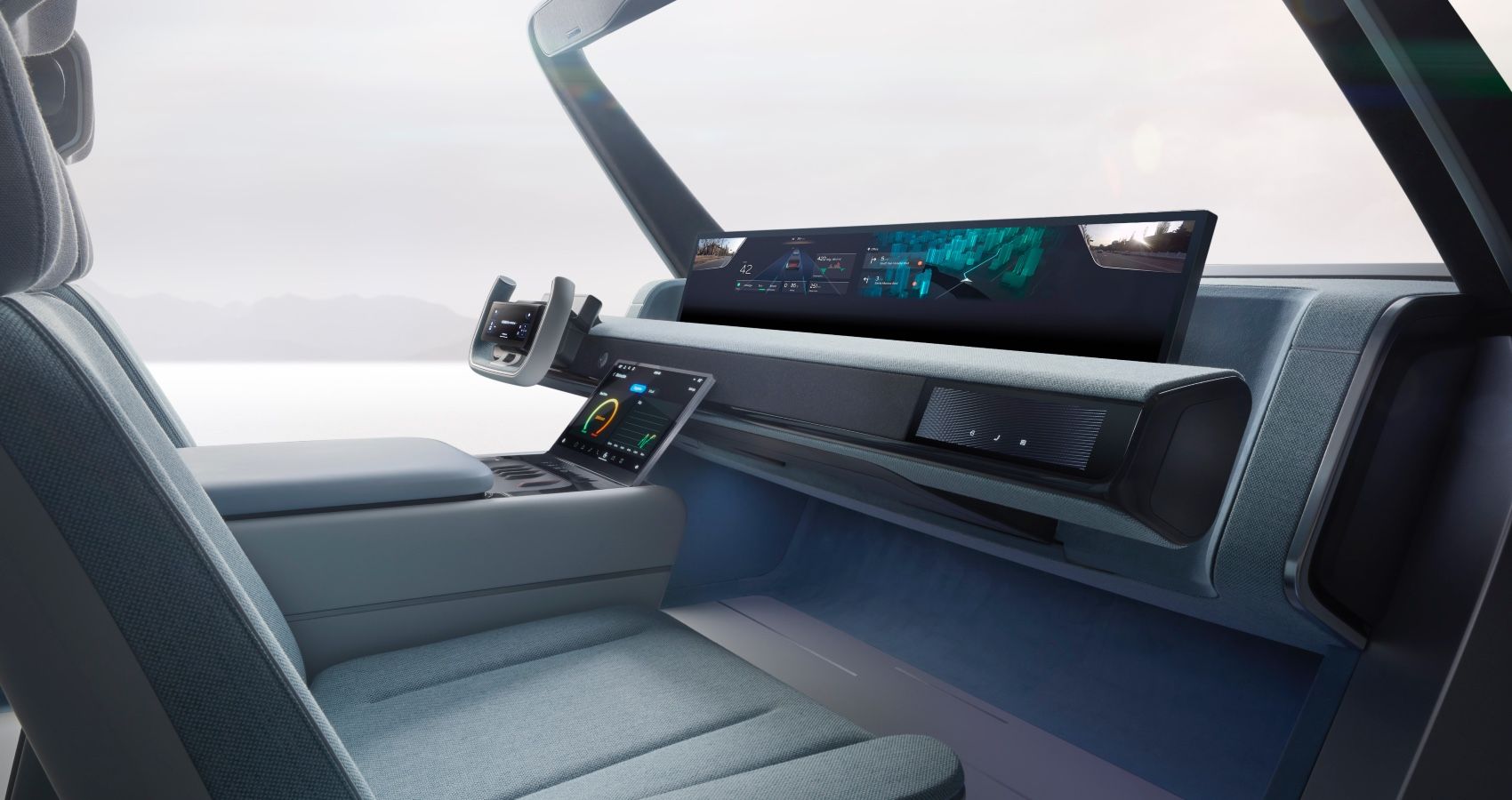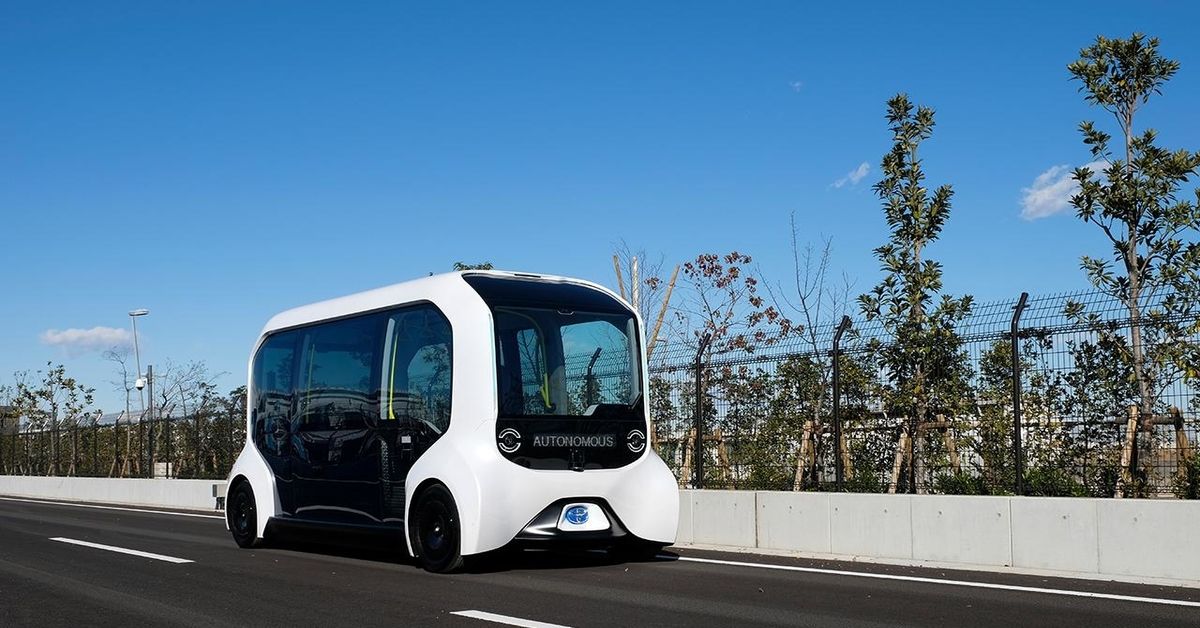While we are yet to trust the concept entirely, it’s only a matter of time before roads are filled with ghost cars driving on their own. States like California and Arizona are already ahead of the curve, with several autonomous cars operating in San Francisco and Phoenix.
But before inching towards a driverless future, it’s important to ensure that all associated technology remain consistent and that it surpasses human cognitive limits—being able to avoid the inevitable should it present itself during autonomous commutes.
Since driverless technology is still far from widespread adoption, we’re sort of in a hybrid state at the moment—stuck in the middle of a transition, shall we say. Although, what is certain is that the need for robust autonomous/semi-autonomous hardware and software is on the rise. Never before have our lives depended so much on technology as today.
From a driver’s perspective, the improvements brought along by adding several assistance technologies have made quite the difference in how we interact with an automobile. The real-life usefulness of auto emergency braking to even something as trivial as parking sensors have all added up to ensure a safe user experience. Imagine leveling up technology to offer interventions based on driver behavior, ensuring safer and smarter commutes. That’s what Harman’s Ready Care system is all about.
Harman’s Ready Care System Can Make You A Smarter Driver
Right off the bat, Ready Care is a set of solutions — Cognitive Distraction, Stress-Free Routing, and Personalized Comfort — that work together or independently to improve safety and reduce driver stress. Think of it as a co-driver that’s active all the time. According to Harman—the company that devised the system—Ready Care delivers heightened levels of safety and wellbeing by integrating several key technologies.
It uses a multitude of sensors, cameras, and algorithms to spot when distractions could turn into dangerous situations and intervene so as to avoid them. In addition to employing cameras that detect driver drowsiness, Ready Care measures real-time driver cognitive load to identify potential distractions. The system then uses machine learning algorithms to offer tailored intervention strategies to maximize safety.
The Ready Care experience can be highlighted using these three key features, namely, “Eyes and Mind on Road,” “Stress-free Routing,” and “Personalization.” According to Harman, an infrared camera surveys the driver’s face in low and brightly lit environments to provide real-time data on facial expressions, eye gaze, eyelid openings, and more. The proprietary Cognitive Distraction feature can decipher when the driver is mentally distracted and can initiate multiple in-cabin vehicle intervention responses.
As part of the “Stress-free Routing,” the system offers alternate route selection to lower driver stress levels by detecting traffic jams or weather patterns and adapting accordingly. The Personalized experience involves leveraging machine learning technology to provide personalized intervention strategies tailored to the individual and their driving experience.
Harman is opening up its business to OEMs, allowing them to equip the system for enhanced safety and wellbeing. Harman invites manufacturers to incorporate the full set of Ready Care solutions or choose specific features to create a more customized solution depending on their needs and requirement.
While not close to being a fully-autonomous driving aid, Ready Care can still help you better your driving experience through its innovative alert systems. But what if self-driving takes over? What are the potential concerns worth looking out for?
The Transition To Fully Autonomous Cars Won’t Be Easy
While we question the abilities of an autonomous system, stats show that majority of road incidents involving a self-driving vehicle have human error as the number one cause. Moreover, the other vehicle involved is almost always in the wrong. Another pressing issue is the question of an eventuality— where the system is put in a moral situation to either hit a pregnant lady or a child crossing the road.
If human drivers are struck with the dilemma between a childbearing woman or a toddler, pretty much all drivers would panic. The exercise still results in a casualty, regardless of who they end up hitting. Realistically though, these are just extreme hypothetical situations, and accidents that meet these conditions are unlikely, if not rare.
What about the legal side of things? In the United States, it is not illegal to own or operate a self-driving car. Many states have passed laws regulating the use of autonomous vehicles to prepare for the transition. But no state has outright banned the technology.
Recently, U.S. regulators eliminated the need for manufacturers to equip fully autonomous vehicles with steering wheels and driving controls. There’s still a long way to go before roads are populated by self-driving cars. But you need to understand that many of its shortcomings are getting ironed out. With today’s technological progress, there’s no real reason not to trust fully autonomous vehicles.
Sources: Harman




